DJI Flip Review: Discover the DJI Flip, a lightweight, foldable drone with advanced features like 4K HDR video, intelligent flight modes, and beginner-friendly controls. Learn about its design, camera performance, and wind resistance to decide if it’s right for you.
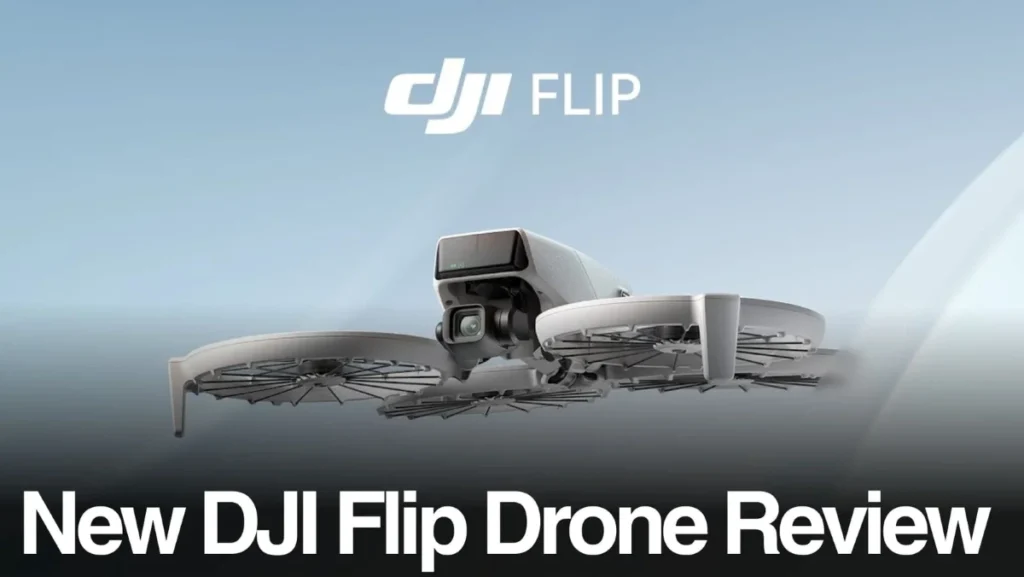
Table of Contents
DJI Flip Review Salient Features
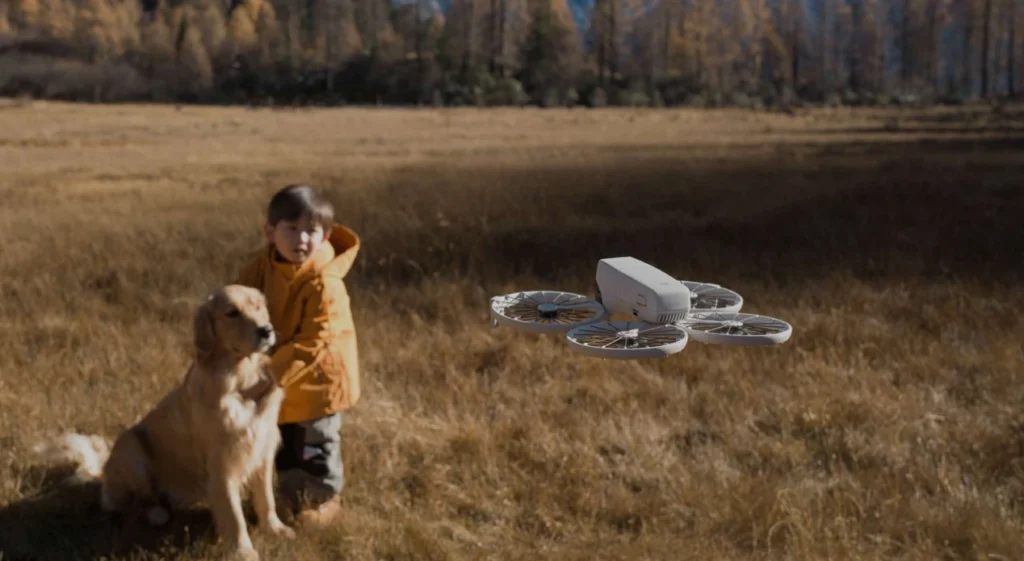
| Feature | Details |
|---|---|
| Weight | 249g |
| Camera Sensor | 1/1.3-inch, f/1.7 |
| Video Resolution | 4K HDR, 60 FPS, 100 FPS slow motion |
| Flight Time | 31 minutes (claimed), 22–24 minutes (real-world) |
| Obstacle Avoidance | Forward-facing infrared sensors |
| Intelligent Modes | Follow, Circle, Spotlight, Master Shots, Quick Shots, Hyperlapse |
| Control Options | Smartphone (Wi-Fi) or RC-N3/RC2 controllers |
| Wind Resistance | Moderate, struggles in gusty conditions |
| Price | $439 |
DJI Flip Detailed Review
When DJI announced the DJI Flip, it was met with curiosity and excitement. Promising to blend portability, ease of use, and high-end features, this drone aims to cater to both beginners and seasoned enthusiasts. But does it live up to its claims? After several weeks of testing, we’re diving deep into its design, performance, and unique features to see if it’s worth your investment.
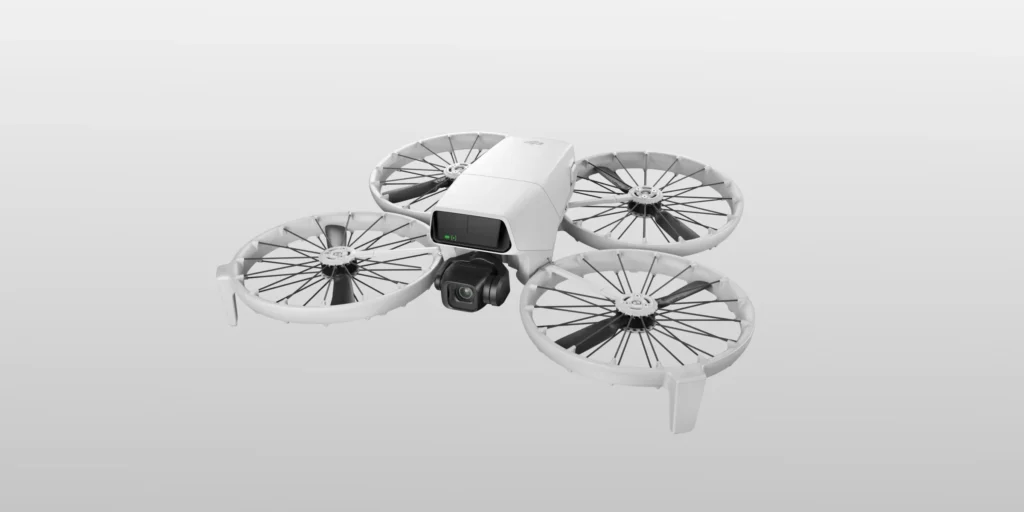

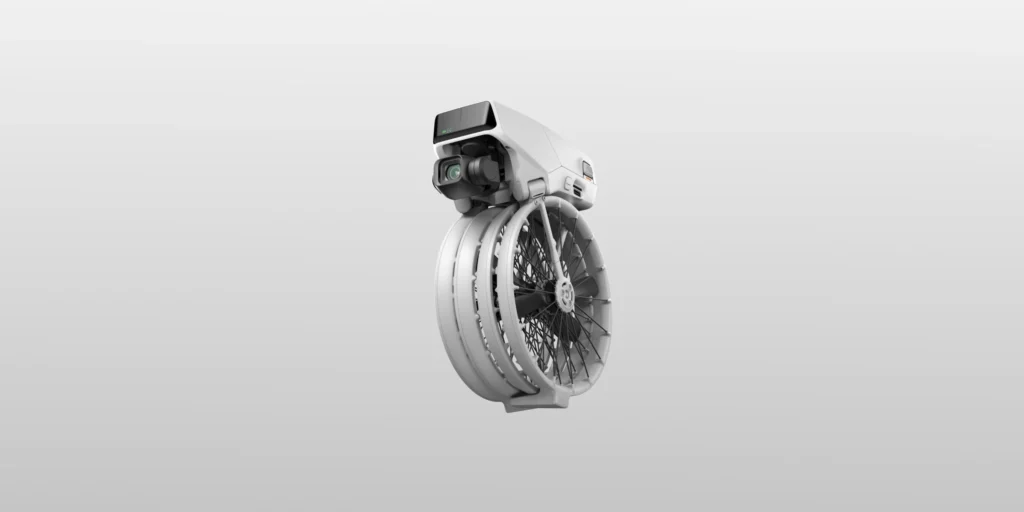
Design and Build
Compact and Portable Structure
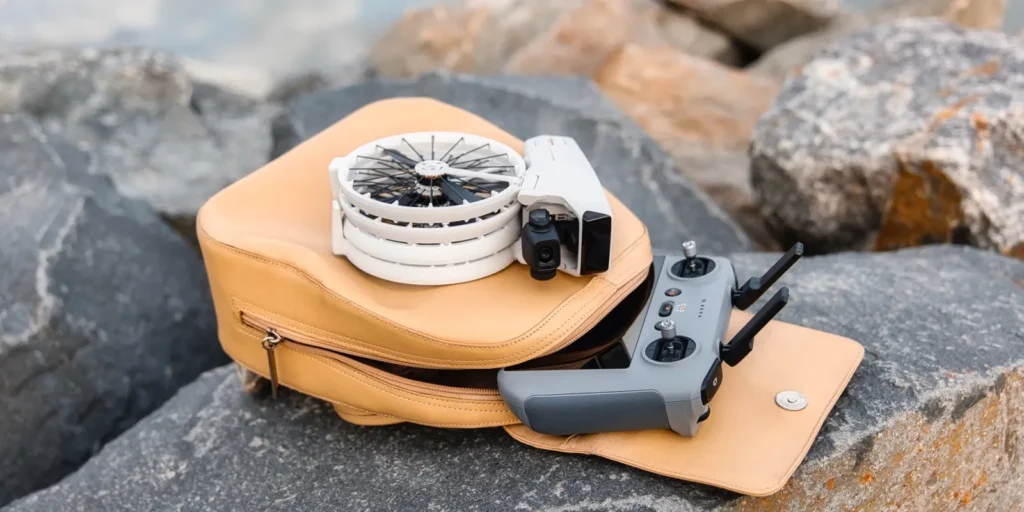
The DJI Flip boasts a sleek, foldable design, making it incredibly portable. Comparable in size to the DJI Neo when folded, it fits comfortably in most camera bags. However, carrying it in your pocket for activities like cycling might feel impractical due to its slightly larger dimensions. This design caters well to those who prioritize portability without sacrificing functionality.

Unique Propeller and Guard Design
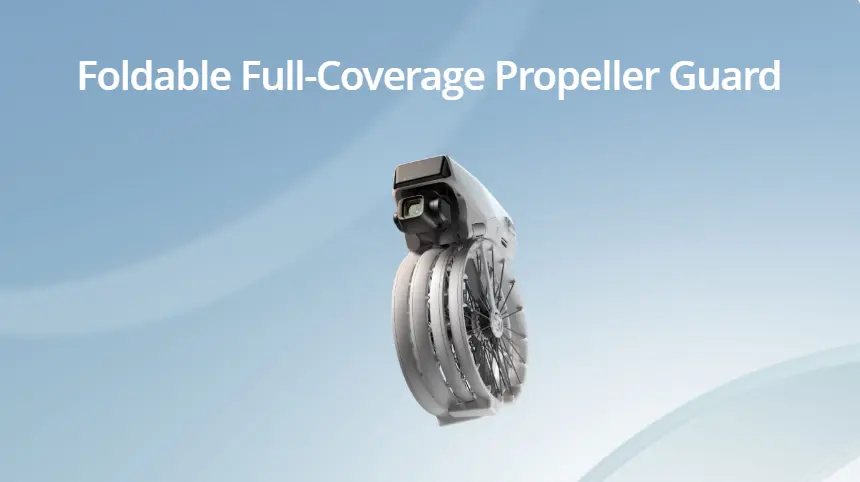
One of the standout features is its enclosed propeller design. These guards provide extra safety by minimizing damage during minor crashes and safeguarding objects and people nearby. However, the fixed nature of these guards poses a drawback—damage to the guards means the entire drone must be sent for repair, which could be costly and time-consuming. Cleaning and replacing propellers also become a tedious task.
Key Features
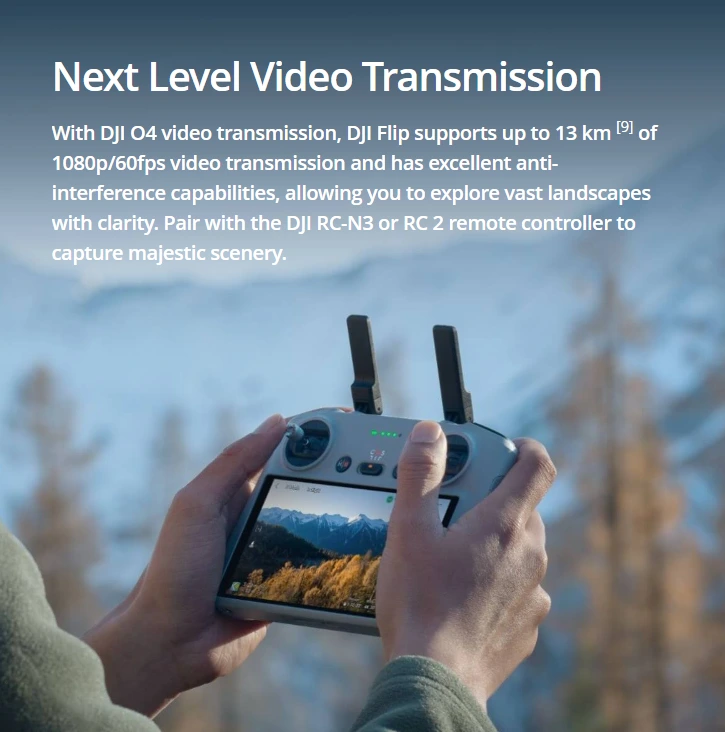
Autonomous Flight Modes
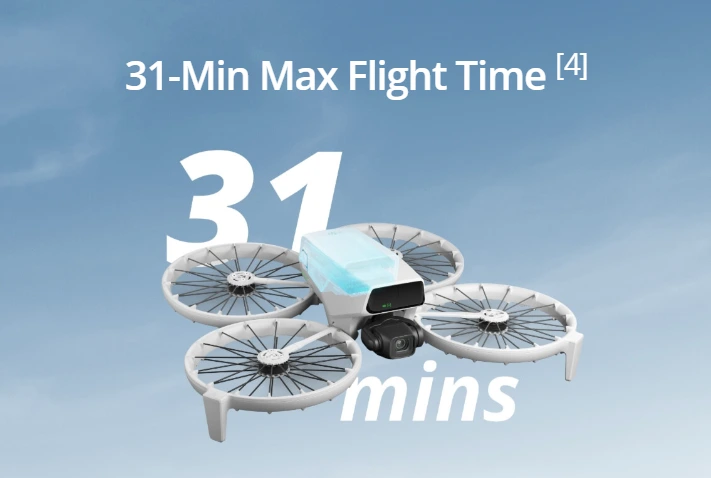
The DJI Flip shines with its intelligent flight modes, including follow, circle, and spotlight. These modes are designed for capturing dynamic shots without manual control. While follow mode is particularly impressive, with improved tracking algorithms, the inability to track vehicles might limit its functionality for some users.
Obstacle Avoidance System
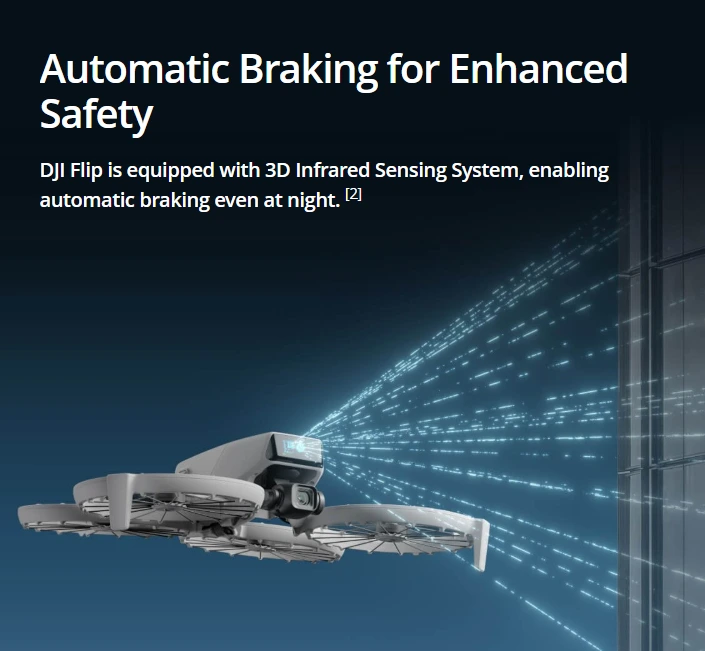
The forward-facing infrared sensors provide basic obstacle detection. While these sensors excel in low light and textureless surfaces, their limitations are evident in avoiding smaller obstacles and in handling phantom warnings during open-area flights. Unlike visual sensors on higher-end models, these lack bypass maneuvers, making obstacle avoidance less reliable.
Performance
Flight Time and Battery

DJI claims a flight time of 31 minutes, but real-world testing shows 22–24 minutes under moderate conditions. This discrepancy, while typical for drones, is still a factor to consider when planning shoots.
Wind Resistance
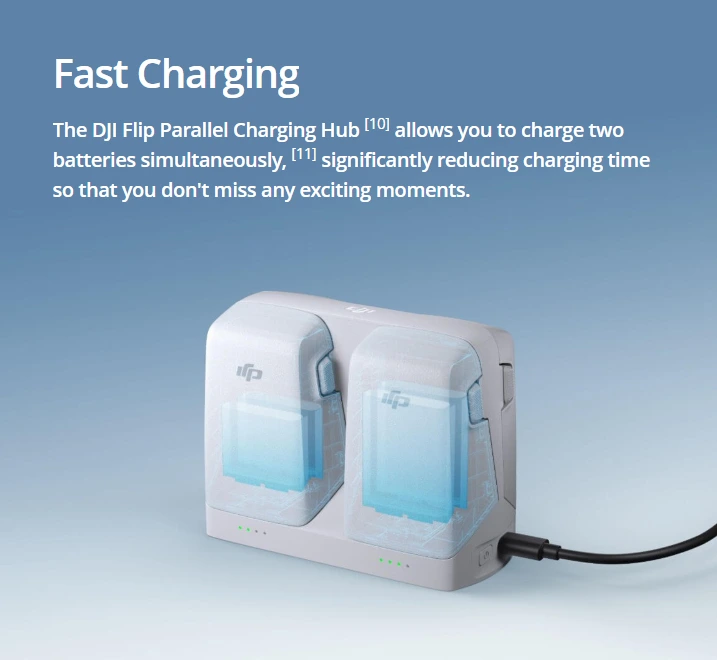
On paper, the DJI Flip’s wind resistance matches that of the Mini 4 Pro. However, real-world performance reveals its struggle in maintaining stability against gusts. High-altitude flights on breezy days often result in shaky footage, limiting its usability in such conditions.
Camera and Imaging
Camera Specifications
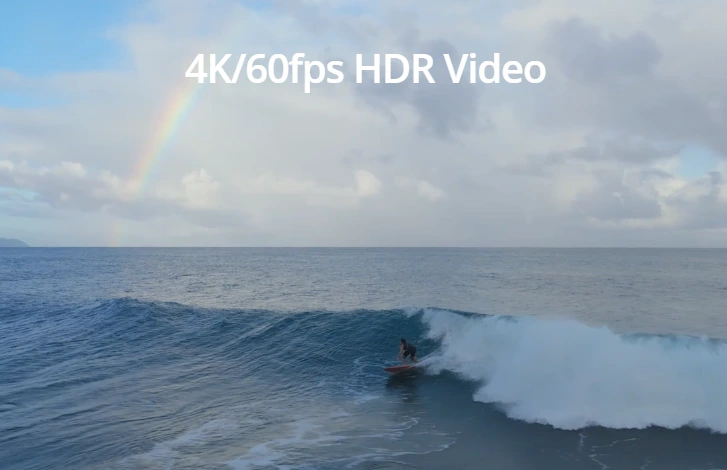
The Flip’s 1/1.3-inch f/1.7 sensor delivers crisp 4K HDR video and impressive low-light performance. It shares its camera hardware with the Mini 4 Pro, offering a significant upgrade over the Neo. Still, the lack of native vertical shooting for social media content feels like a missed opportunity.
Advanced Video Features

Features like 4K slow motion at 100 FPS and a 10-bit D-Log M profile enhance creative possibilities. However, limitations on frame rate and resolution when using a smartphone instead of a controller could frustrate users.
Usability
Smartphone Control
The DJI Flip offers the convenience of smartphone-only control via the DJI Fly app. This feature is excellent for those who prefer to pack light. Using virtual joysticks, you can manually fly the drone, adjust settings, and activate quick shot modes. However, this mode is not without limitations.
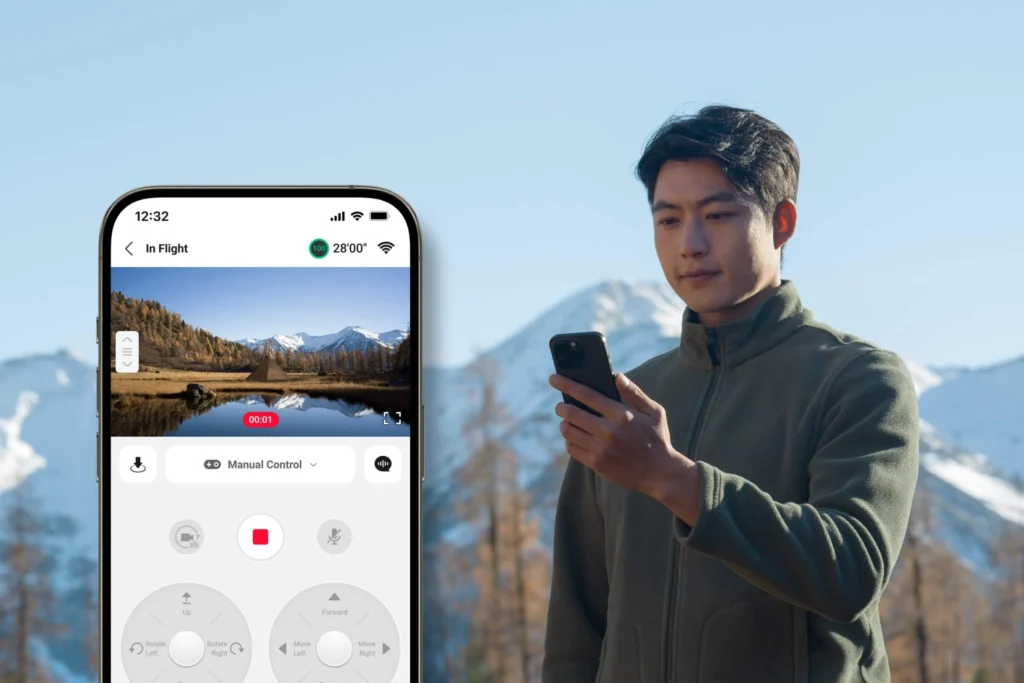
The connection between the drone and your smartphone relies on Wi-Fi, resulting in a range of only 10–50 meters, far less than what controllers provide. Signal dropouts become frequent if the drone moves out of sight or you turn your back to it. Additionally, there’s no return-to-home (RTH) feature when using a smartphone, meaning the drone will hover until reconnection or land if the battery runs low.
While smartphone control is handy for casual shots, it lacks the precision and stability of using a proper controller, especially in areas with obstacles or wind.
Controller Compatibility
For enhanced control, the DJI Flip supports DJI RC-N3 and DJI RC2 controllers. These controllers utilize OcuSync 4.0 technology, ensuring a stable connection over long distances and through obstacles. With these, you can unlock features like manual exposure control, better transmission range, and smooth flight movements.
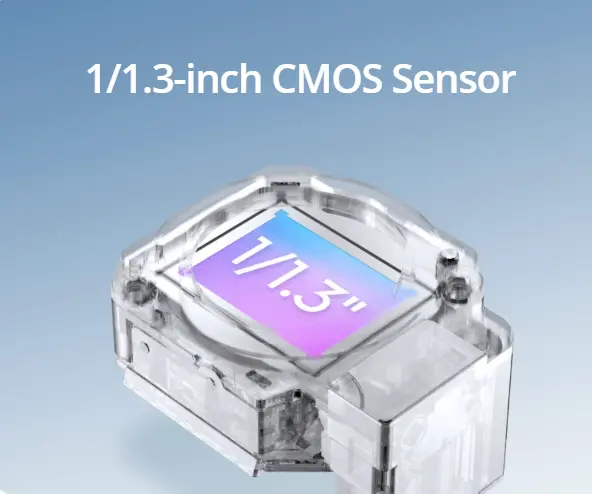
The downside? The Flip doesn’t support FPV goggles, motion controllers, or the DJI FPV remote controller, limiting its versatility for immersive flying experiences. If you’re looking for FPV capabilities, the DJI Avata or Neo may be better suited.
Intelligent Features
Intelligent Recording Modes
The DJI Flip is packed with intelligent recording modes like quick shots, master shots, panoramas, and hyperlapses. These modes make capturing cinematic footage incredibly simple:

- Quick Shots: Pre-programmed maneuvers like rocket, circle, and helix.
- Master Shots: Automates a series of complex movements for professional-grade footage.
- Hyperlapse: Creates dynamic time-lapse videos, though it’s limited to 1080p resolution.
While these features are user-friendly, certain restrictions—like the inability to record hyperlapses in 4K—may disappoint advanced users.
Voice and Audio Features
An innovative addition is the voice control feature. By giving commands via the DJI Fly app, users can change flight modes, adjust settings, and even initiate landing.
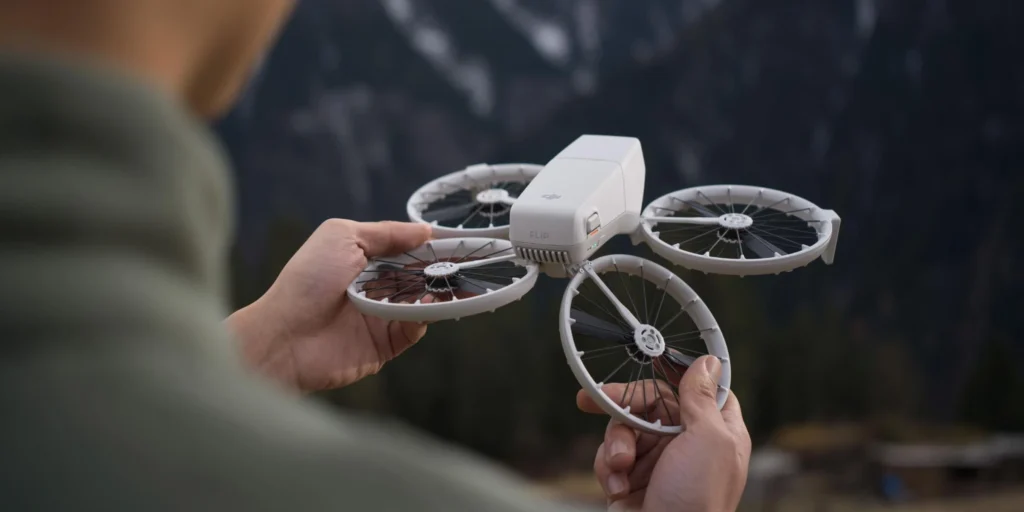
Another standout is the audio recording capability. The Flip doesn’t have built-in microphones but syncs audio from your smartphone or connected DJI mics. This is especially useful for vloggers, as the app filters out drone noise, leaving clear voice recordings.
Strengths and Weaknesses
Highlights
- Portability: The lightweight and foldable design make it easy to carry.
- Camera Quality: High-resolution 4K video, HDR, and D-Log M profiles.
- Beginner-Friendly: Intuitive controls and safety features.
- Price: Competitively priced at $439, making it accessible.
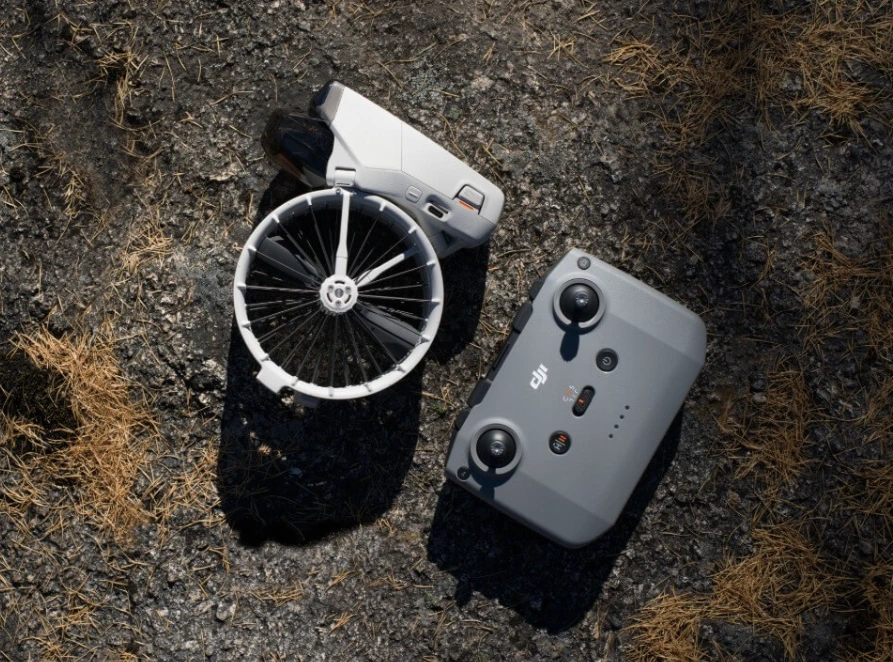
Drawbacks
- Limited Wind Resistance: Struggles in gusty conditions, leading to shaky footage.
- Obstacle Avoidance Limitations: Infrared sensors are less reliable compared to visual systems.
- Inconsistent Features: Functionality differs depending on whether you use a smartphone or controller.
- No FPV Support: Lack of compatibility with goggles or motion controllers.
- Low Internal Storage: Only 2GB, requiring reliance on microSD cards.
DJI Flip Pricing and Value
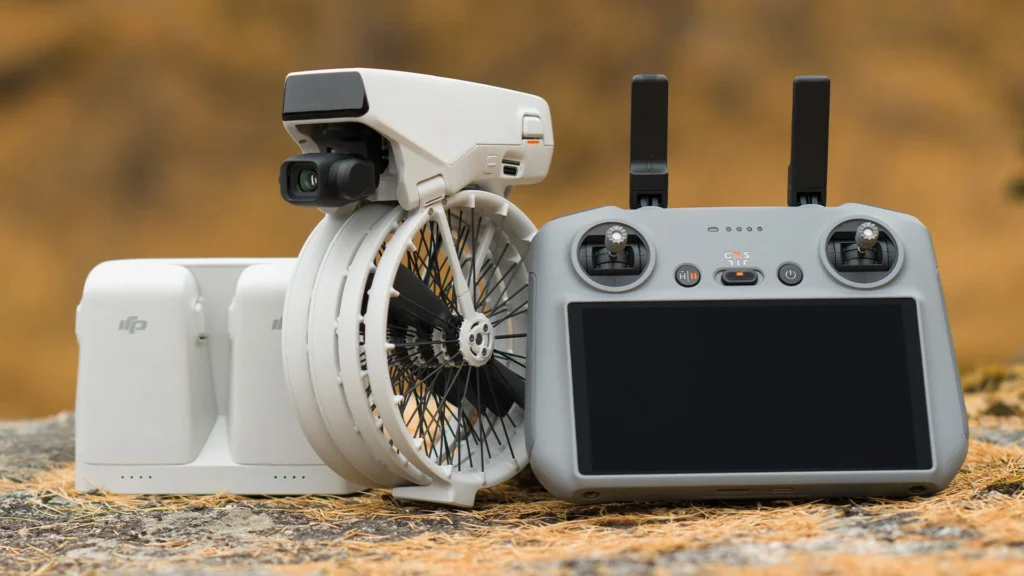
At $439, the DJI Flip is an attractive option for casual users and beginners. It’s a great starting point for those looking to capture quality footage without breaking the bank. However, for professionals or users seeking robust performance in challenging conditions, investing in a Mini 4 Pro or Avata might be more worthwhile.
DJI Flip vs. Mini 4 Pro
Here’s a quick comparison of the DJI Flip and Mini 4 Pro to help you decide:

| Feature | DJI Flip | Mini 4 Pro |
|---|---|---|
| Weight | 249g | 249g |
| Camera | 1/1.3-inch sensor | 1/1.3-inch sensor |
| Obstacle Avoidance | Forward-facing IR | Omnidirectional Visual |
| Wind Resistance | Moderate | High |
| Flight Time | 31 minutes (claimed) | 34 minutes (claimed) |
| Starting Price | $439 | $759 |
Final Verdict: DJI Flip Review
The DJI Flip offers an impressive mix of portability, camera quality, and beginner-friendly features. It excels in low-altitude, calm conditions and is a fantastic choice for casual users. However, its shortcomings—especially in wind resistance and obstacle avoidance—make it less ideal for professional or high-demand users.
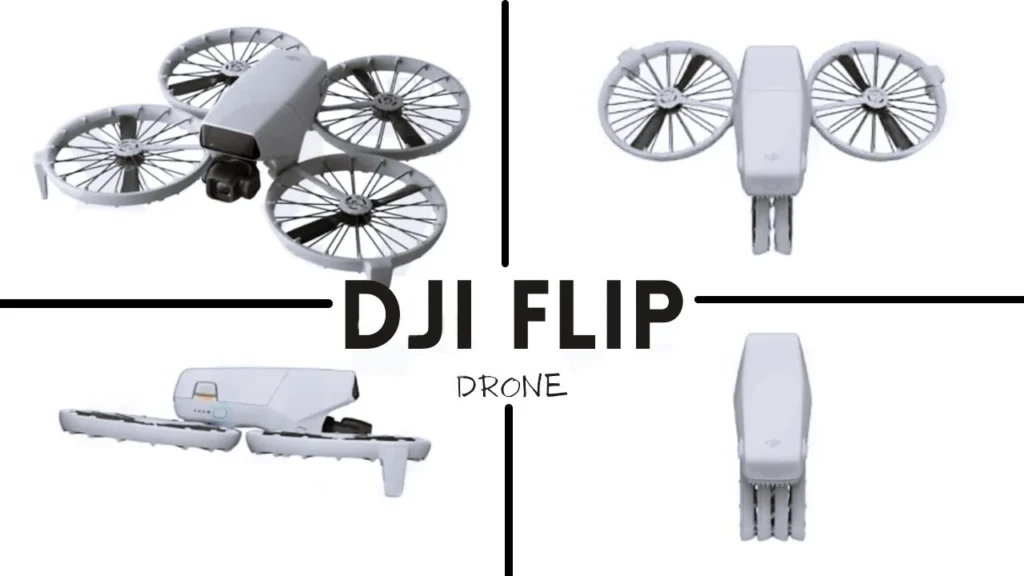
If you’re seeking a reliable all-terrain drone, consider the Mini 4 Pro despite its higher cost. For budget-conscious users and beginners, the DJI Flip is a fun and affordable option.
FAQs: DJI Flip Review
- How does the DJI Flip compare to the DJI Mini 4 Pro?
The DJI Flip is lighter and more affordable but lacks the robust wind resistance and omnidirectional obstacle avoidance of the Mini 4 Pro. - What makes DJI Flip suitable for beginners?
Its intuitive controls, lightweight design, and intelligent flight modes make it beginner-friendly. - Can DJI Flip handle high-altitude flights?
Not effectively. It struggles with wind resistance, resulting in shaky footage at higher altitudes. - Does DJI Flip support FPV or goggles?
No, it doesn’t support FPV goggles or motion controllers, limiting immersive flying experiences. - Is the DJI Flip worth buying?
If you’re a beginner or casual user seeking affordability and portability, the DJI Flip is worth considering. For advanced users, the Mini 4 Pro is a better investment.
DJI Flip, DJI Flip lightweight drone, DJI Flip foldable drone, DJI Flip Drone 4K HDR video, DJI Flip intelligent flight modes, DJI Flip camera performance, DJI Flip wind resistance, DJI Flip obstacle avoidance, DJI Fly app, DJI Flip beginner-friendly drone, DJI Flip vs DJI Mini 4 Pro comparison, DJI RC-N3, DJI RC2, DJI Flip drone battery life, DJI Flip drone portability, drone for beginners, DJI Flip drone features
Thank You for visiting Tech Uplifter!
Don’t forget to Subscribe to our Official Newsletter for latest updates.